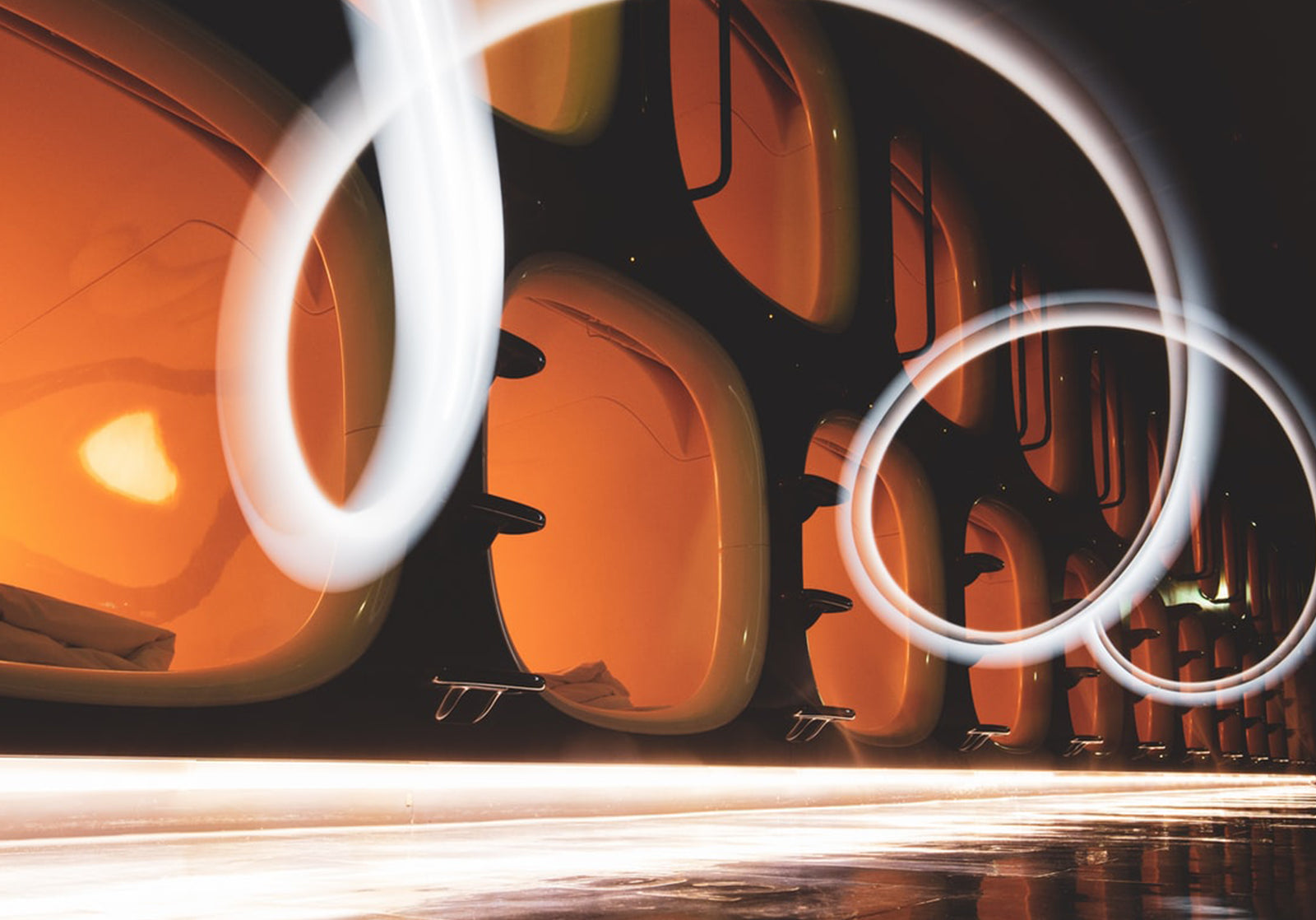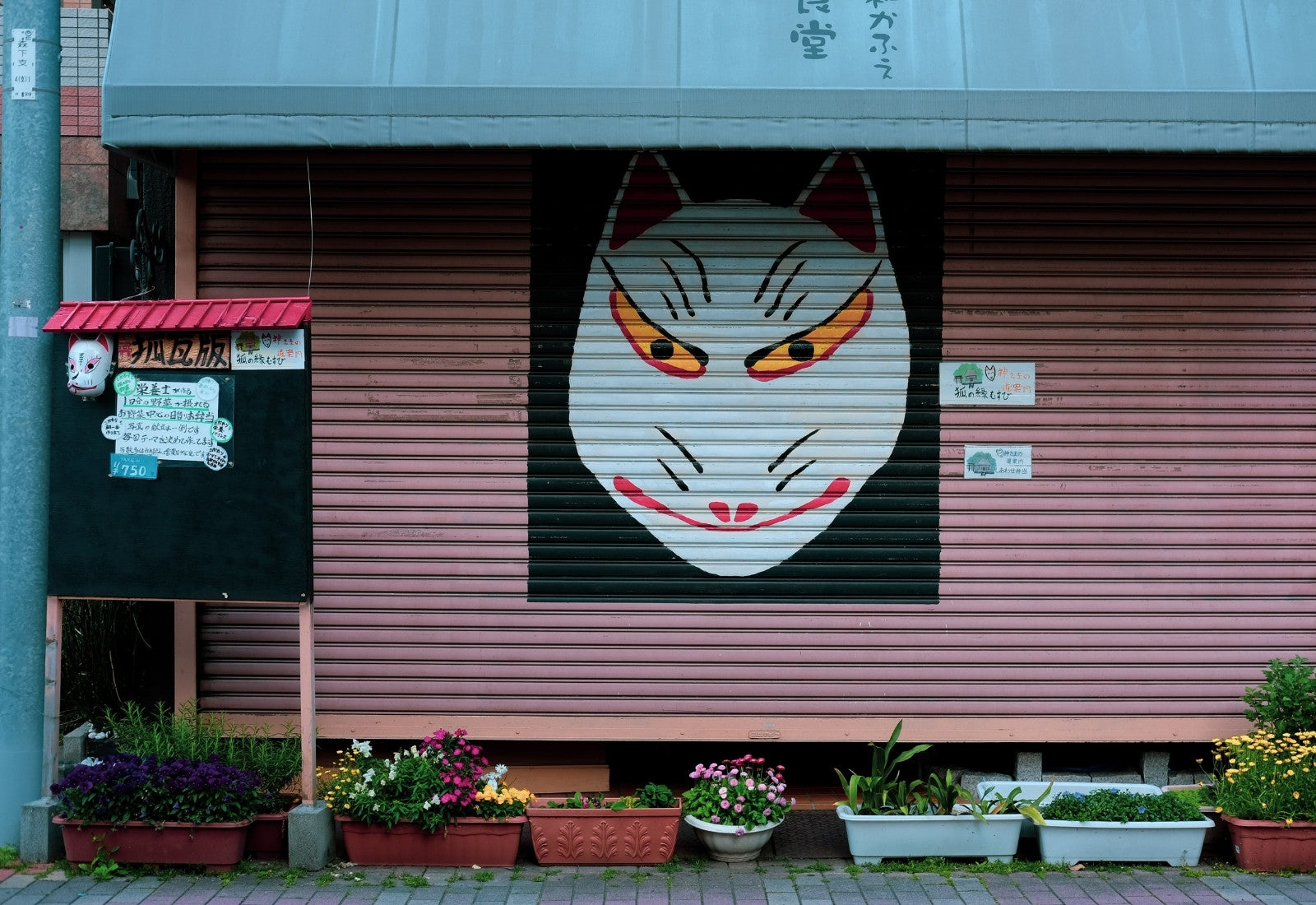Halfway between a science fiction film and a trip to a beehive, "capsule hotels" are among the experiences absolutely worth trying for the most curious travelers who land in Japan . Iconic, convenient and excellent substitutes for traditional hotel rooms, the so-called capsules contain small beds and various comforts and are usually located on two floors, to ensure the stay of the greatest number of guests.
 The typical cabins of Capsule Hotels © Unsplash
The typical cabins of Capsule Hotels © Unsplash
Let's discover together the peculiarities of these typical Japanese hotels !
1. The origins. Capsule hotels, now widespread throughout the world, were born in Japan for reasons purely linked to the work rhythms imposed by Japanese society. The intent was to meet the needs of businessmen and commuters who, often finishing work very late, missed the last evening runs and needed a comfortable and economical solution for the few hours of rest , avoiding expensive taxis or hotels. .
2. The first capsule hotel. The first of these singular structures was designed and built in 1979 by architect Kisho Kurokawa in Umeda, a district of Osaka, with the name Capsule Inn Osaka . To date, the Japanese city that hosts the most capsule hotels in the whole country is Tokyo.

Capsule at Capsule Inn Osaka in Umeda © Uniq Hotel
3. Daily check-in and check-out. The cleanliness of the spaces is essential in these structures which welcome many guests on a daily basis: if you wish to stay for more than one night, check-in and check-out must be carried out daily , to allow adequate sanitization of the capsule . This means that every morning you will need to register your presence inside the hotel again.
 Nine Hours luxury capsules © Nine Hours Capsule Hotel
Nine Hours luxury capsules © Nine Hours Capsule Hotel
4. Lockers. When you check in at a capsule hotel, after changing your shoes in the genkan, to a pair offered by the hotel, you are assigned the number of the capsule in which you can sleep. Your personal belongings can be stored in the lockers. However, since these hotels have become a real tourist stop in the Land of the Rising Sun, most of them also have additional luggage storage , which is essential.
5. Dimensions. The dimensions of a standard capsule are usually 2 meters long, 1 meter high and 1.2 meters wide , therefore perfect for containing a standard mattress or futon.
6. Common areas. Bathrooms, showers and rooms with computers and drink dispensers are common areas where you can interact with other guests of the capsule hotels. But in structures where the dormitories are divided by gender, even the common areas are no different.
 The sauna, among the services offered by capsule hotels © Instapro
The sauna, among the services offered by capsule hotels © Instapro
7. Services offered. All capsule hotels provide their customers with useful goods and services such as towels, slippers, blankets, pajamas, TV and air conditioning inside the capsules. But to enjoy a more relaxing and engaging experience, some of them offer various additional services: it is not uncommon to find saunas, coin-operated washing machines, catering services and even game rooms with manga libraries!
8. Reservation . In most capsule hotels, reservations are not required: given the high availability of capsules , it is possible to arrive at any time, even late at night , as all hotels have a 24-hour reception.
 The Book and Bed in Tokyo © Pat Kay
The Book and Bed in Tokyo © Pat Kay
9. Atypical capsule hotels. The Nine Hours hotel chain has opened luxury capsule hotels in various areas of Japan, designed by designer Fumie Shibata. The philosophy on which these hotels are based is that customers can only stay for 9 hours, which, according to the owners, is equivalent to the time needed for workers to disconnect from work, rest and be ready to start again the next day. In a famous neighborhood of Tokyo you can find another particular capsule hotel: the Book and Bed , a hotel that has designed its capsules by placing them among shelves full of books. A magical atmosphere for sure!
 Nakagin Capsule Tower © Unsplash
Nakagin Capsule Tower © Unsplash
10. Nakagin Capsule Tower. In Shinbashi, a district of Tokyo, it is possible to admire the Nakagin Capsule Tower: a complex of capsules designed for offices and private homes. It was inaugurated in 1972 and built by Kisho Kurokawa , the same architect who, inspired by this work, created the first capsule hotel in the history of Japan, carrying forward an almost futuristic concept of life!

 The typical cabins of Capsule Hotels © Unsplash
The typical cabins of Capsule Hotels © Unsplash
 Nine Hours luxury capsules © Nine Hours Capsule Hotel
Nine Hours luxury capsules © Nine Hours Capsule Hotel The sauna, among the services offered by capsule hotels © Instapro
The sauna, among the services offered by capsule hotels © Instapro The Book and Bed in Tokyo © Pat Kay
The Book and Bed in Tokyo © Pat Kay Nakagin Capsule Tower © Unsplash
Nakagin Capsule Tower © Unsplash


